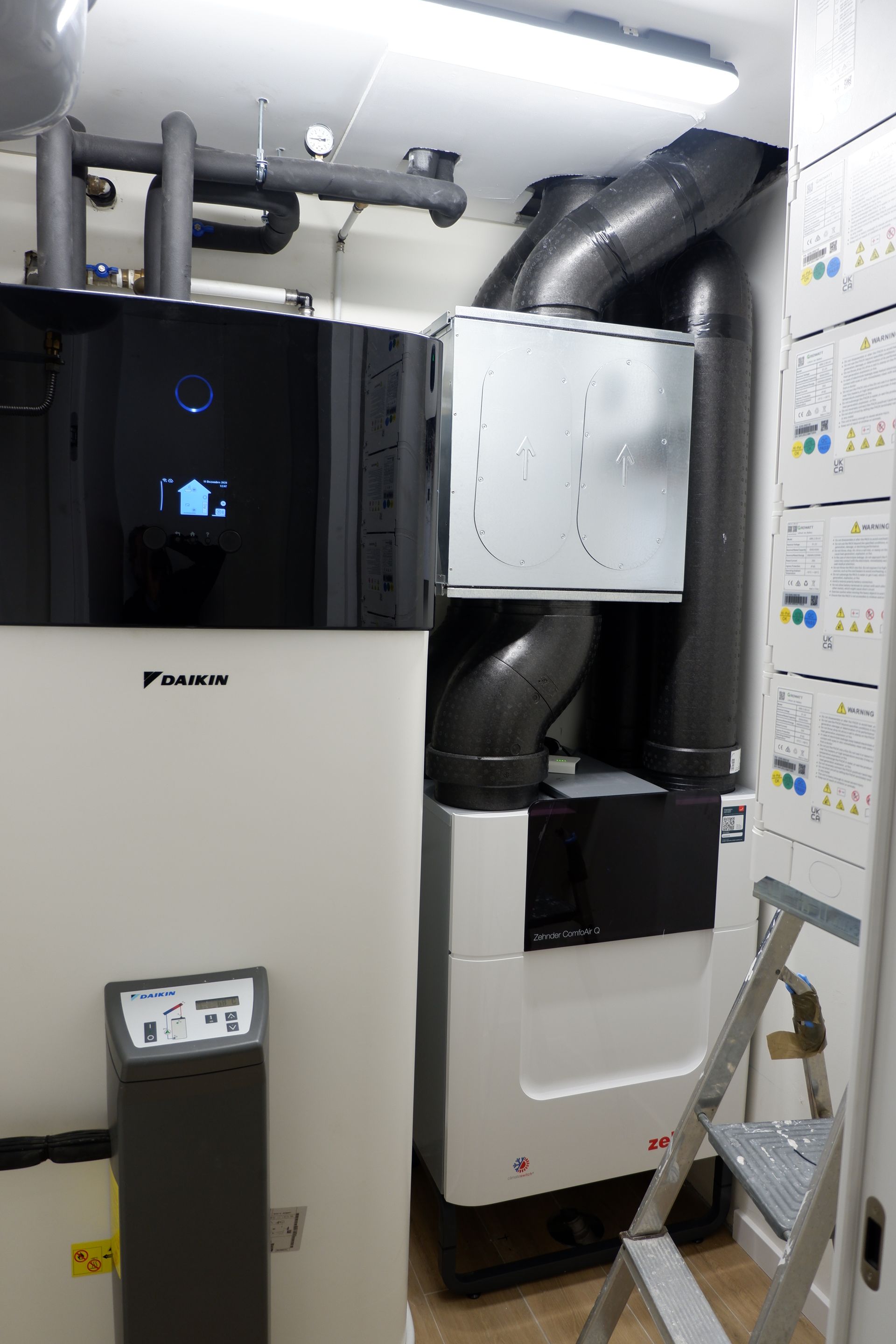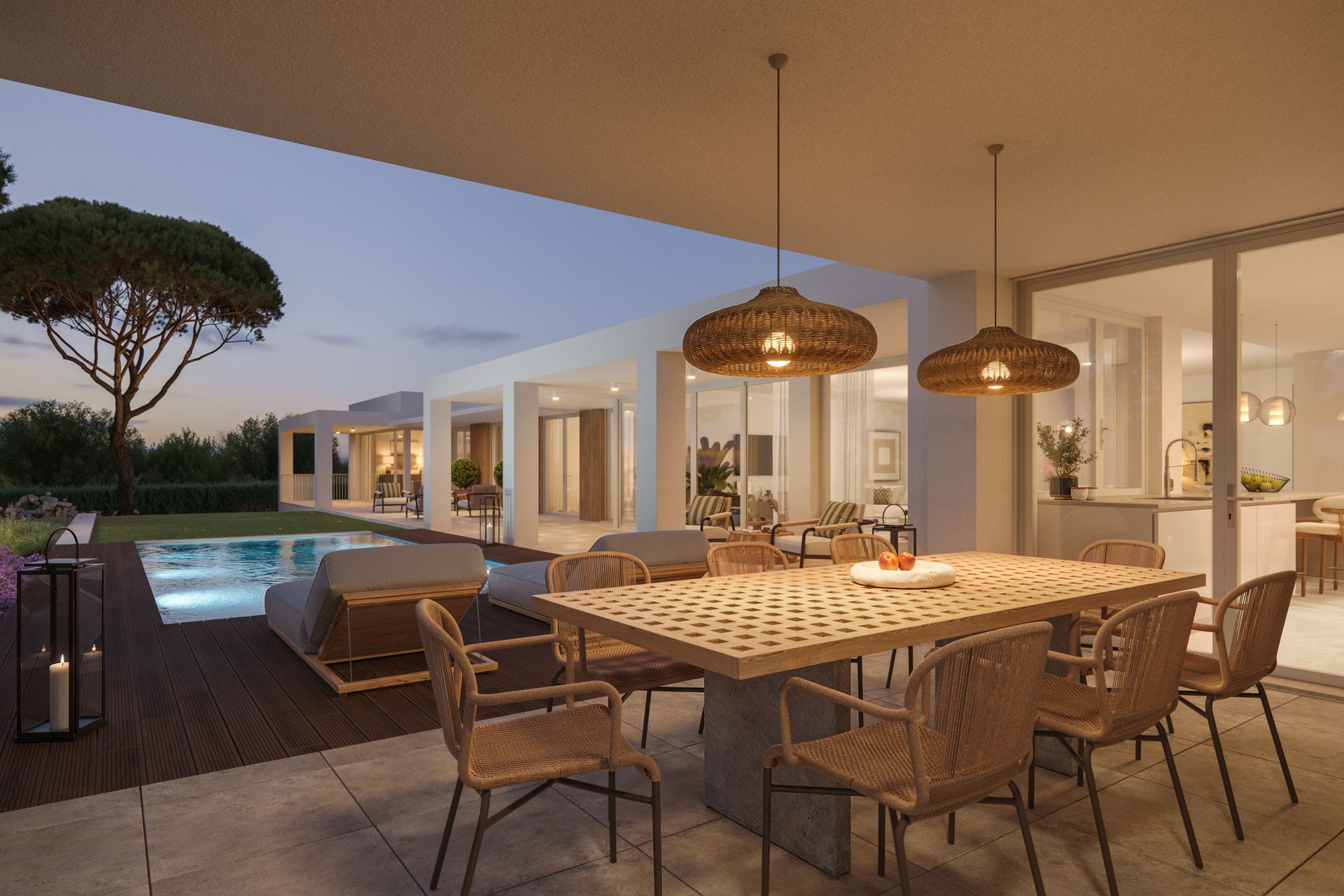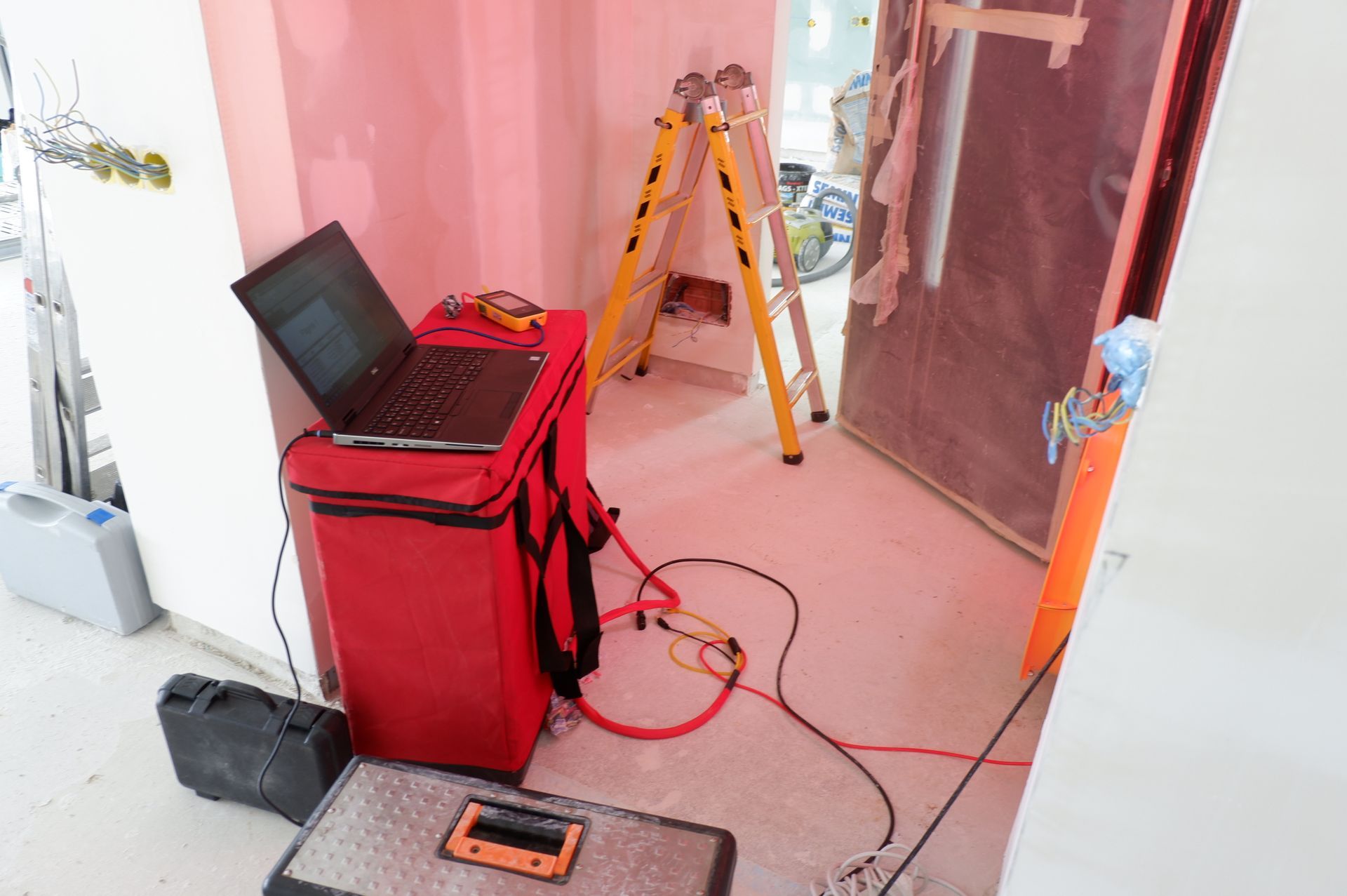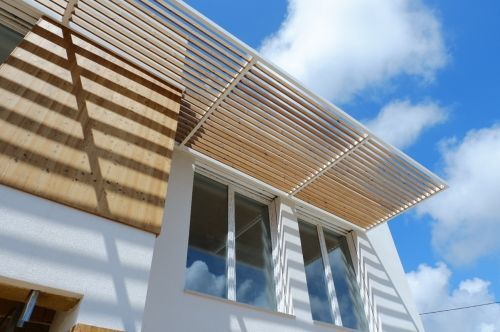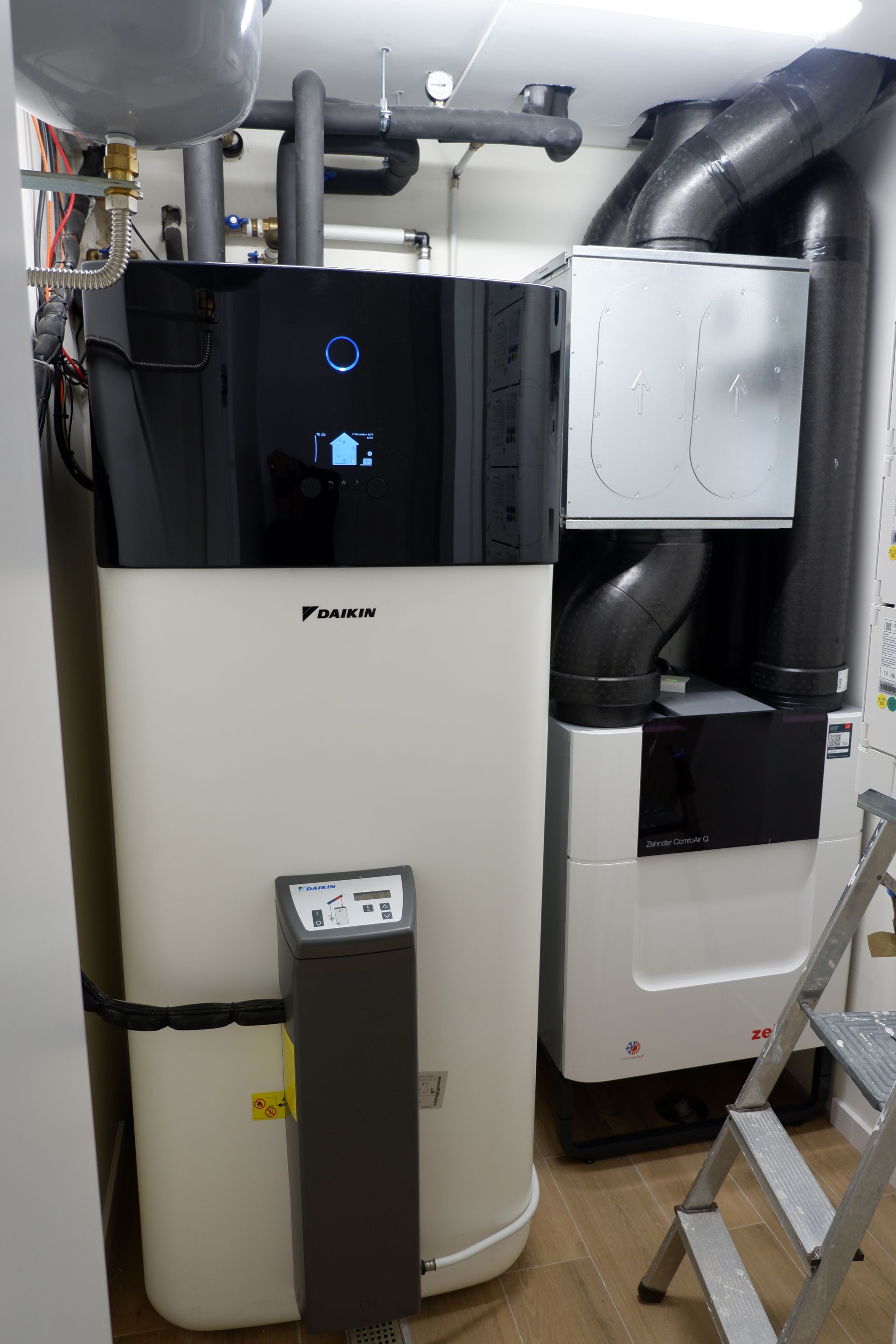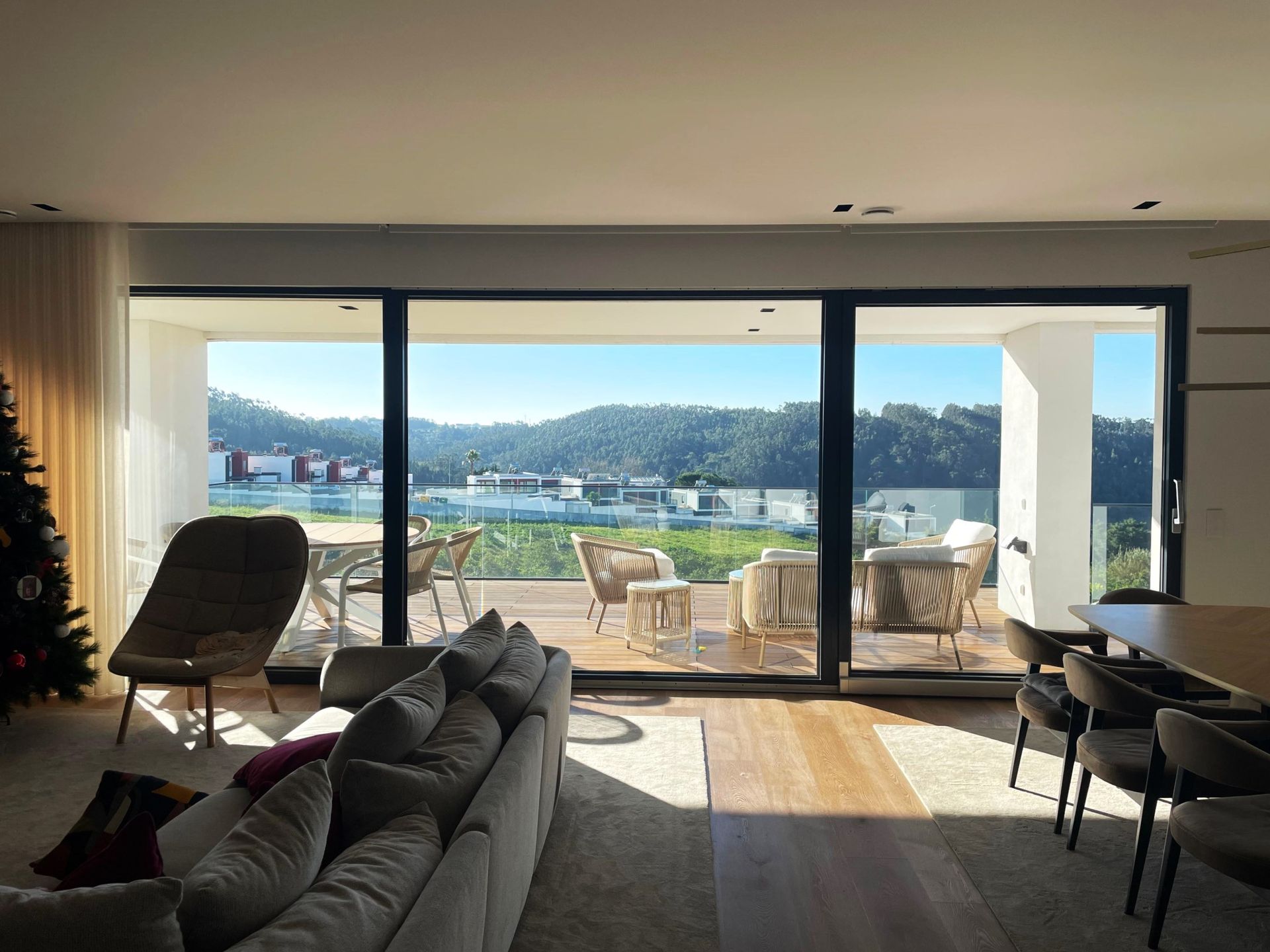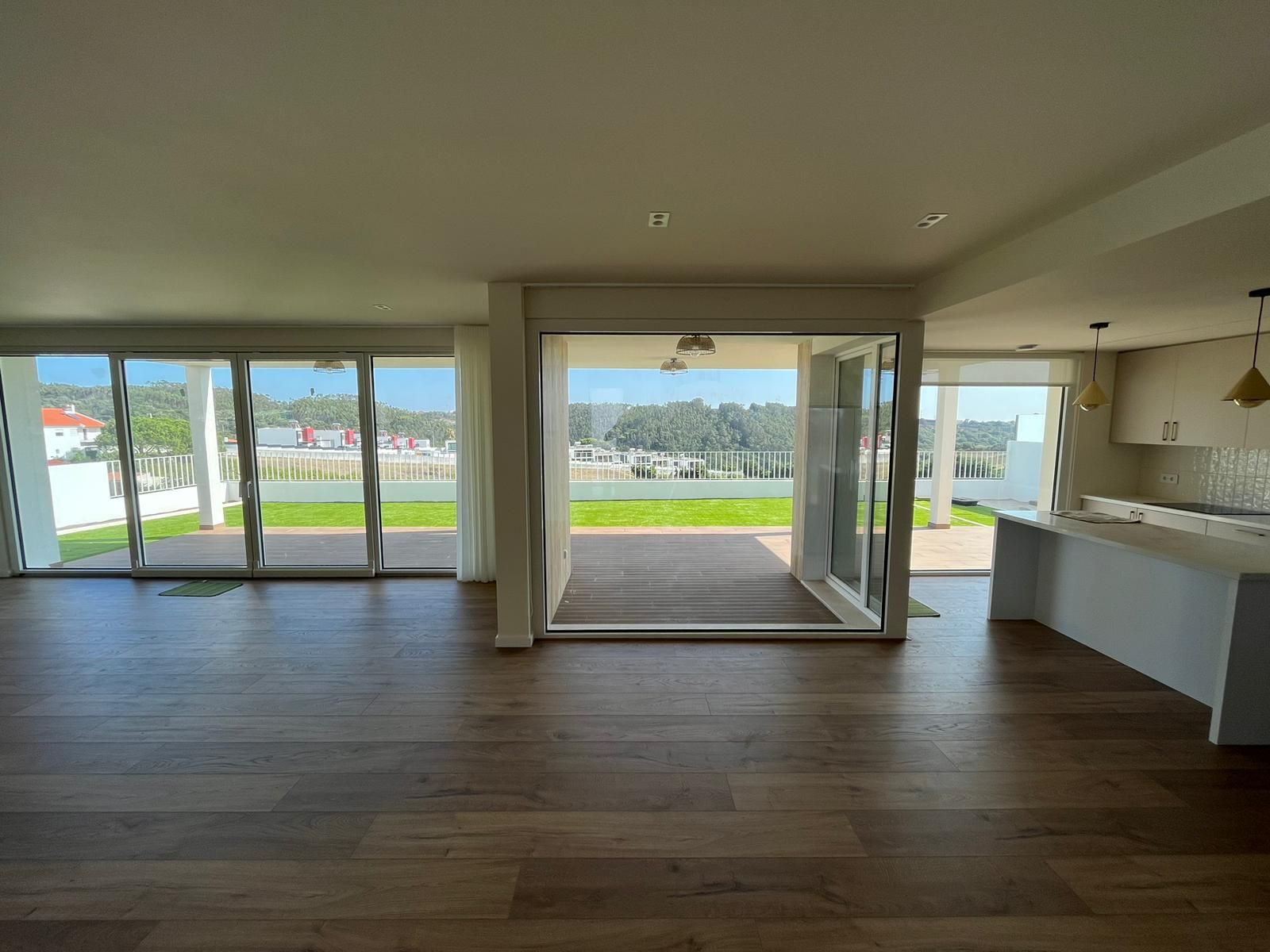Winter = Cold and (a lot of) Humidity- Outside a Passive House
Ensuring optimal indoor air quality and energy efficiency during the heating season in Passive House: The Role of Mechanical Ventilation
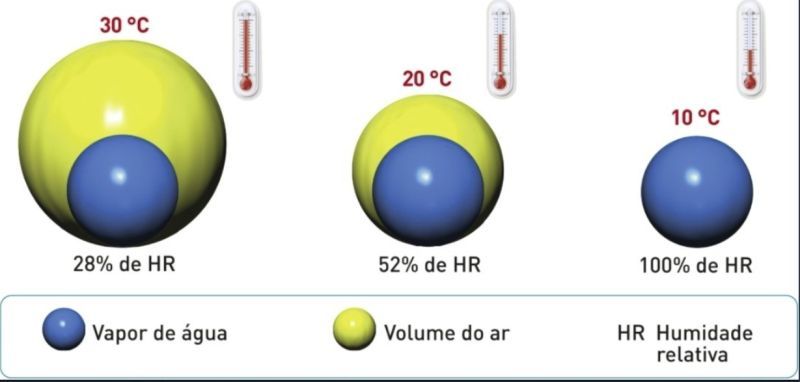
This is the time of year when a Passive House truly makes a difference. A big difference.
We enter what is known as the heating season — the period during which we need to heat our homes. In mainland Portugal, this ranges from 4.7 months (Setúbal Peninsula) to 7.5 months (Beira Interior Norte and Serra da Estrela). In Greater Lisbon, it's 5.3 months, and in Greater Porto, 6.2 months.
With cold weather comes rain and humidity. Thermal discomfort and poor indoor air quality become common in most homes.
Ventilation is what ensures good indoor air quality, prevents airborne particles and high CO₂ levels, and — especially at this time of year — keeps relative humidity within healthy limits.
When homes are closed up or poorly ventilated, indoor moisture builds up quickly. This moisture comes from hot showers, gas combustion from water heaters and indoor gas heaters (to be avoided), and our own metabolism.
This indoor humidity condenses on cold surfaces — thermal bridges — which are effectively addressed by the Passive House Standard. Structural elements of the external envelope, junctions between windows and walls, and every gap or crack left unsealed during construction. Once again, Passive House solves this through airtightness (see previous post on this topic).
These condensation points are responsible for many building pathologies — and a number of health issues.
Warm air contains more energy: its molecules move faster and spread apart, making it less dense. Cold air has slower, more compact molecules, making it denser.
This difference creates convection currents — the movement of air masses driven by temperature differences. Warm air rises, cold air sinks. There's no transfer of energy between them, just a swap in position.
This natural air movement, when occurring through uncontrolled openings, is often inefficient and fails to deliver the comfort or air quality we need.
With mechanical ventilation, we can ensure controlled humidity levels, proper air distribution throughout the house, and high energy efficiency — especially when using heat recovery systems.
Even in homes without mechanical ventilation, it's crucial to air them out during the colder months.
